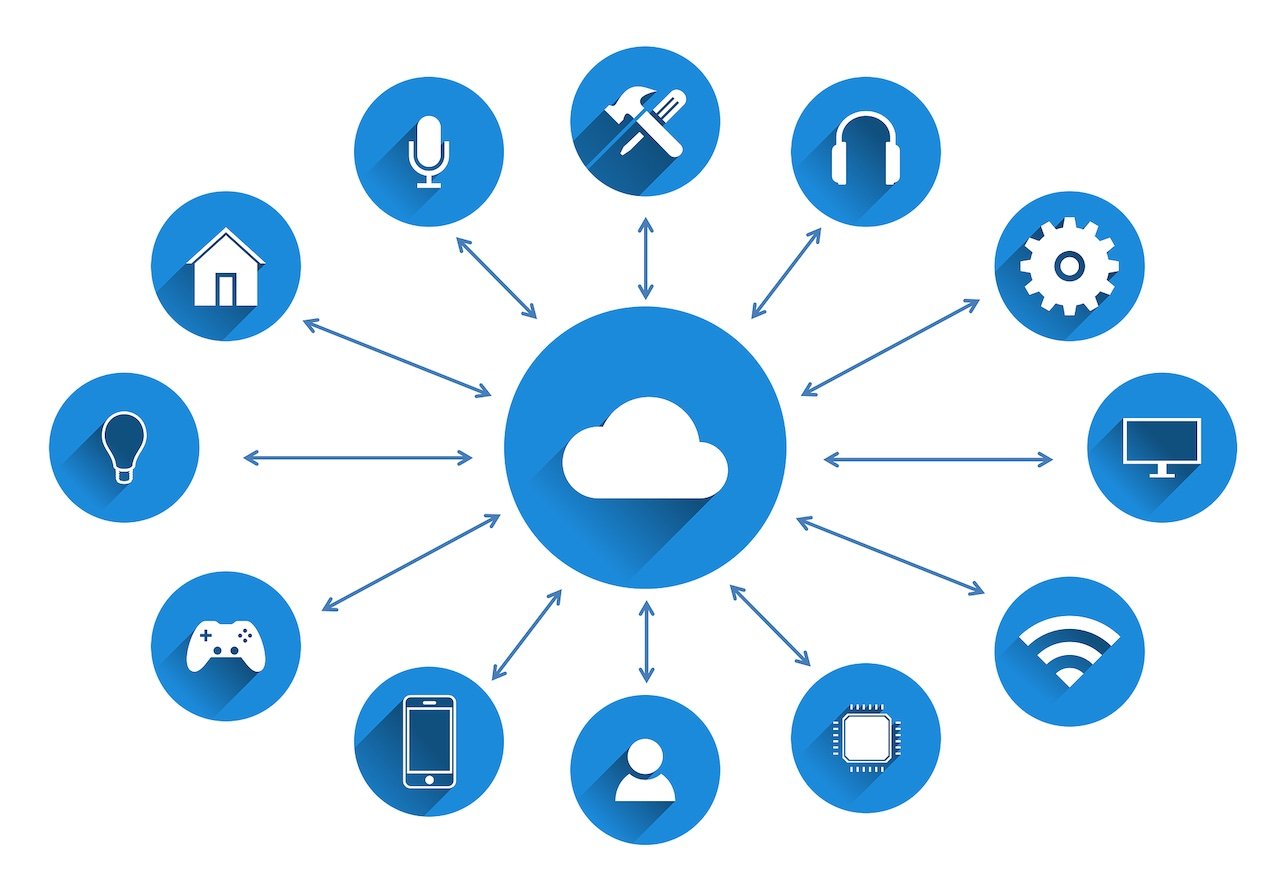
- April 2025 (1)
- March 2025 (2)
- February 2025 (1)
- December 2024 (2)
- November 2024 (2)
- August 2024 (2)
- June 2024 (3)
- May 2024 (3)
- April 2024 (1)
- March 2024 (3)
- February 2024 (2)
- January 2024 (2)
- December 2023 (1)
- November 2023 (2)
- October 2023 (2)
- September 2023 (1)
- August 2023 (1)
- July 2023 (2)
- June 2023 (3)
- May 2023 (2)
- April 2023 (1)
- March 2023 (4)
- February 2023 (1)
- January 2023 (2)
- November 2022 (2)
- October 2022 (1)
- September 2022 (1)
- August 2022 (2)
- July 2022 (2)
- June 2022 (2)
- May 2022 (1)
- April 2022 (3)
- March 2022 (1)
- February 2022 (3)
- January 2022 (2)
- December 2021 (1)
- November 2021 (1)
- October 2021 (2)
- September 2021 (3)
- August 2021 (1)
- July 2021 (4)
- June 2021 (1)
- May 2021 (2)
- April 2021 (2)
- March 2021 (2)
- February 2021 (3)
- January 2021 (3)
- December 2020 (1)
- October 2020 (1)
- August 2020 (1)
- August 2019 (1)
- January 2019 (2)
- September 2018 (5)
- June 2018 (1)
- November 2017 (1)
- September 2017 (1)
- July 2017 (1)
- May 2017 (1)
- January 2017 (1)
- October 2016 (2)
- August 2016 (1)
- July 2016 (1)
- June 2016 (1)
Subscribe by email
The explosion of interest in IoT devices has created a wealth of opportunities for companies selling IoT products and related services. With the rise in opportunities has come a need for flexible monetization options. While a variety of business models can effectively capture IoT value, perhaps the most popular and effective is the subscription model. This post covers what you need to know about the IoT subscription model and implementing it in your business.
What Is the IoT Subscription Model?
The subscription billing model has been used in various industries for years. From meal kits to mobile phones, myriad products and services are now available by subscription. And many consumers prefer this model since it provides them with a low or no-cost option up-front, followed by a regular charge (usually monthly but can also be annual). This model allows for creative options with IoT billing, giving businesses flexibility while being easily understood by buyers. With IoT, this model creates a recurring revenue stream that fully leverages 24/7 connectivity.
5 Benefits of the IoT Subscription Model
The stable, recurring billing that the subscription model is based on benefits both the user and the IoT business. Customers understand what they’ll be paying during the contract period, and their expenses are consistent. There are five significant benefits for IoT businesses that offer products through a subscription model.
1. Recurring Revenue Stream
With the subscription model, IoT businesses enjoy a predictable and recurring revenue stream, which is advantageous for the balance sheet. It also enables companies to focus sales resources on new accounts instead of constant customer re-selling.
2. Boosting Market Share and Accessing New Markets
Using a subscription model, IoT companies can offer flexible subscription plans to people who may not previously have been able to afford the upfront cost of the product or service. And they can leverage aggregated data to provide additional new services. An example is the Nest Learning Thermostat, which offers energy management services to utility companies based on the consumer data they collect.
3. Improving Marketing Campaigns
When customers are regularly engaged with their subscriptions, IoT businesses can track how, when, where, and why customers use their devices. Knowing this information helps them better market their products and services since the data can reveal opportunities with new user segments not currently being tapped and new use cases.
4. Opportunities for Product Development
Armed with regularly-generated device data, IoT companies can identify opportunities for product development. With visibility into when and where customers tend to use the devices most, product teams can focus on features that are likely to more effectively meet customers’ needs.
5. Establishing and Building Trust with Customers
The consumer insights revealed from real-time data can help IoT customer service and sales teams target offerings to customers more effectively, personalizing communication. It also enables IoT businesses to engage existing customers, improve satisfaction, and boost upselling.
Examples of IoT Subscription Models
When you think about the products and services you use regularly, you quickly come to realize that many IoT companies offer a subscription model of some kind. Consider the following.
- Amazon Echo — Listen to your favorite tunes using the Echo with Amazon Prime Music. With a low up-front cost and a small monthly subscription, you get access to a library of your favorites.
- SimpliSafe — Secure your home, adding different types of sensors where you need them for the customized security system you want.
- Nest Thermostat — Manage the temperature in your home with an HVAC monitoring subscription.
- Alert1 — Get a medical alert bracelet with a help button for emergencies.
- Oura Ring — This wearable device can monitor your body for things like heart rate, temperature, and calories burned.
- Whistle — Your furry friends can also benefit from this health trend with a sensor that clips on their collar acting as a dog fitness tracker, health monitor, and location finder.
Making Subscription Part of Your IoT Business Model
When evaluating any monetization strategy, it’s essential to understand both your business operations and the value your products or services offer customers. Consider your industry to see if regulations may impact what business model(s) you implement. You may find that IoT solutions boosting transparency are just what is required in your industry, helping you to demonstrate the value of your offerings more easily.
Also, consider what your competitors are offering and how your IoT products and services compare. If your competition is offering a subscription model, it may be a no-brainer to do the same. But, you can also use a subscription model to differentiate from the competition and provide customers with benefits like reducing or eliminating up-front costs. When brainstorming ideas for how you can use the subscription model in your business, aim to get into the heads of your customers, and get creative with how you package and present your offerings.
Choosing an IoT Business Platform that Can Handle Subscriptions
Of course, for a subscription model to work effectively, you need an IoT business platform designed to facilitate it. The platform you choose should not only handle billing, but should also support tax management, PCI compliance, and subscriber platform security. And not only that — your IoT platform should also easily integrate with the business systems you use today and the ones you may look to use in the future.
Switching IoT platforms once you’re up and running is not an easy thing to do, so make sure the platform you choose is designed by experts who truly understand the current and future business needs in the IoT industry. Any platform should be easy to use as well as scalable, flexible, and customizable to ensure it will meet your needs now and in the future.
Wondering if the subscription business model is right for your IoT solution? We'd love to help. Contact us to discuss your company's unique needs. We’re happy to provide you with insights that will help you make the decision.
You might also like:
Related Content
The latest IoT insights and platform updates from Zipit.
IoT devices need flexible network technologies optimized for low-power application...
Deploying an IoT solution brings significant value to businesses, but it also intr...
The Internet of Things (IoT) has transformed industries by creating a network of i...



